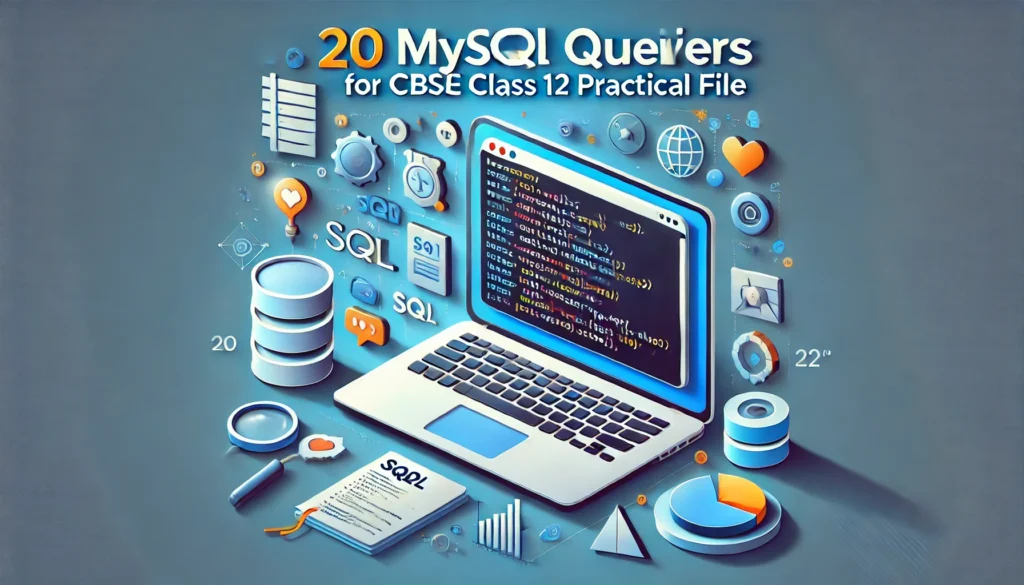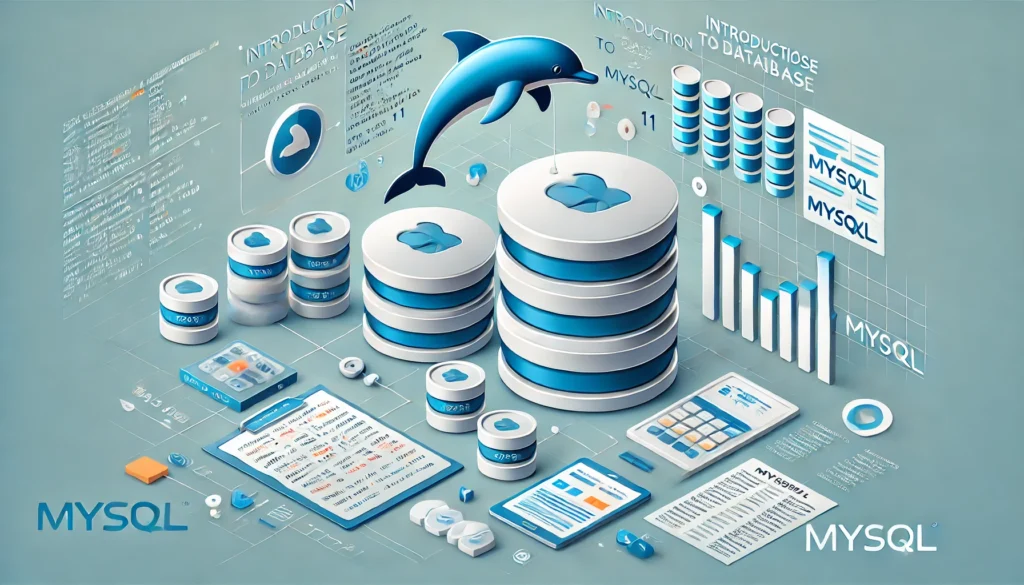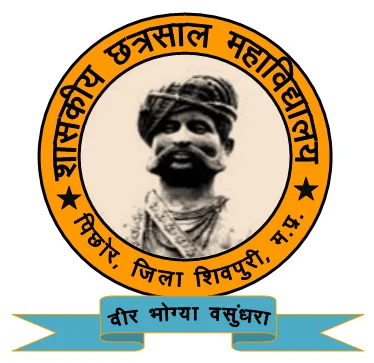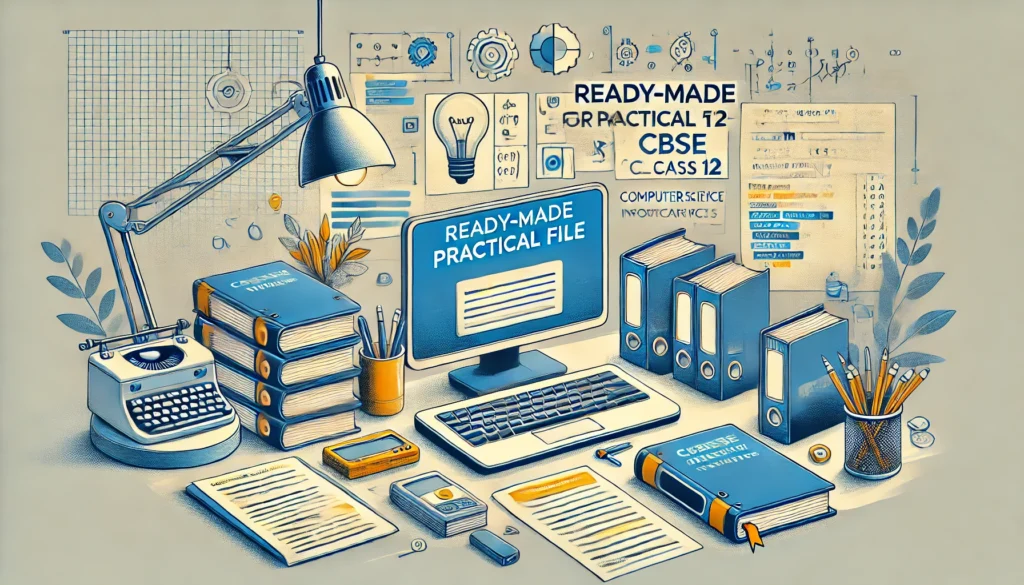20 MySQL Queries for CBSE Class 12 Practical File with Output
Introduction SQL (Structured Query Language) is a powerful tool for managing and querying data in relational databases. Here are 20 MySQL queries commonly used...
Read More →
Introduction SQL (Structured Query Language) is a powerful tool for managing and querying data in relational databases. Here are 20 MySQL queries commonly used...
Read More →
Databases are a crucial part of modern computing, enabling us to store, retrieve, and manage data efficiently. MySQL, a popular database management system, is...
Read More →
At ITxperts, we believe digital marketing is the bridge between businesses and their target audience in today’s online-first world. Our mission is to empower...
Read More →
Inductance Educare is a leading educational institution dedicated to providing quality coaching and guidance to students preparing for competitive exams. Focused on delivering exceptional...
Read More →
Government SMS PG College, Kolaras is a distinguished educational institution located in Kolaras, Madhya Pradesh. Offering a wide range of undergraduate and postgraduate programs,...
Read More →
Shivpuri MP India is a dynamic news platform that provides the latest updates and information about Shivpuri, Madhya Pradesh. The website covers a wide...
Read More →
Government Chhatrasal Degree College, Pichhore is a prestigious institution located in Pichhore, Madhya Pradesh, dedicated to providing high-quality education. The college offers a wide...
Read More →
Government Girls College, Shivpuri is a dedicated educational institution committed to empowering women through quality higher education. Located in Shivpuri, Madhya Pradesh, the college...
Read More →
Brokode is a dynamic clothing brand dedicated to offering premium-quality apparel that reflects individual style and personality. With a focus on blending comfort, durability,...
Read More →
Government SMS PG College, Shivpuri is a premier educational institution in Shivpuri, Madhya Pradesh, committed to excellence in higher education. The college offers a...
Read More →
Fast Samachar (https://fastsamachar.com/) is a trusted and dynamic Hindi news platform, delivering accurate and timely updates from Shivpuri, Madhya Pradesh, and surrounding regions. Covering...
Read More →
A fast and optimized WordPress website is crucial for better user experience, improved SEO rankings, and higher conversion rates. Slow-loading websites can frustrate visitors,...
Read More →
Save time and effort with ready-made practical files tailored for CBSE Class 12 IP and CS students. These professionally crafted files meet the latest...
Read More →